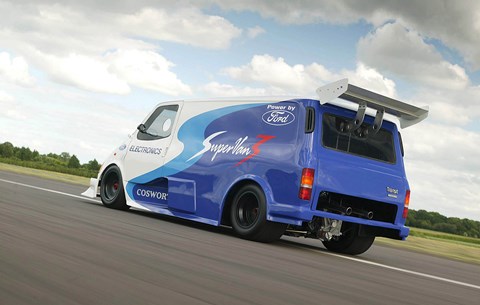
► 10 of the oddest ever van and MPV designs
► From bizarre concepts to engineering specials
► Big and small, fast and slow, old and new
In the week that van sales in the UK reached a record high (spurred on by internet shopping, apparently. All those goods have to be delivered somehow), we take a look at 10 of the most outlandish takes on the moving-lots-of-stuff design brief. Vans don’t have to be boxy…
1) Iveco Vision
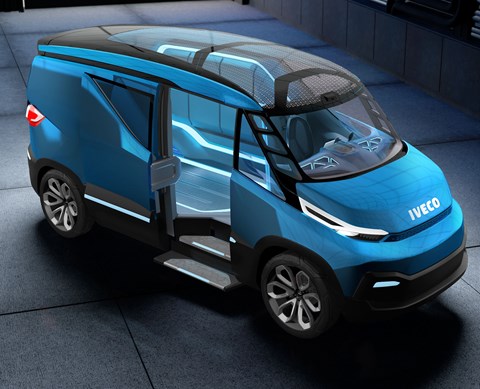
Italian industrial vehicle firm Iveco says this concept is all about renewable energy, with both all-electric and hybrid driving modes. Some of its energy comes from photovoltaic panels on the partially see-through roof. The A-pillars are see-through too, all in the name of improved visibility at junctions.
2) VW Bulli Concept
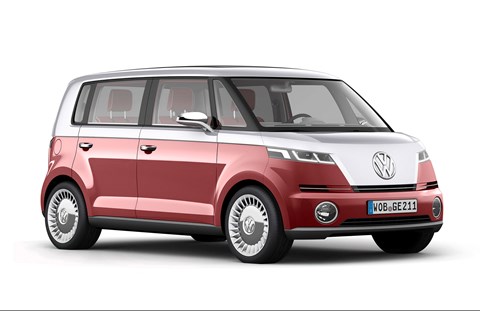
VW got all nostalgic for the 2011 Geneva motor show with this reminiscent concept taking its cues from the iconic 1950s panel van and camper – hence the two-tone trim and the enormous badge in the centre of the nose. It’s designed to move people rather than things, with two benches inside to seat six, with the option to rearrange them into a bed. It packed an electric powertrain with 40kWh batteries delivering an approximate range of 186 miles. Rumours of a production Bulli circulated for some time, but it’s yet to become a reality.
3) NAU Ecco Camper
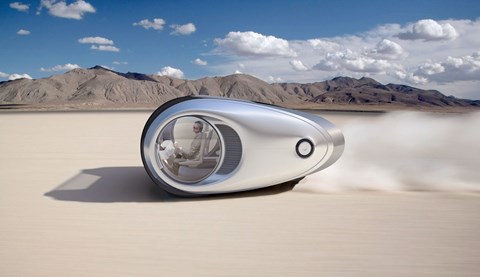
Believe it or not, this concept also takes its inspiration from classic VW vans. It was conceived as a camper van of the future, designed to become a temporary home after reaching its destination. This three-wheeled EV concept was never intended to be more than a concept, but it was a memorable one nonetheless.
4) Transit ‘Supervan’
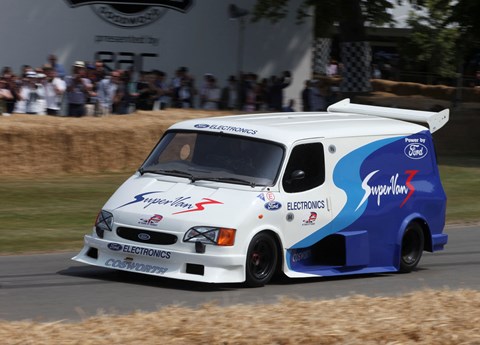
Nowadays the industry is concentrating on greener, more efficient vans but 20 years ago engineers had a somewhat different approach. The Ford Supervan 3 is surely one of the fastest commercial vehicles ever produced, with a mid-mounted 3.5-litre Cosworth engine that produced 650bhp. The Transit’s chassis was made less wobbly with an aluminium and composite monocoque structure, with a mix of steel, aluminium and glassfibre to shape the bodyshell. The ideal van to deliver a pizza on time, if perhaps not the most efficient one.
See also Supervan 1(GT40 engine, rallycross background) and Supervan 2 (Group C chassis, Cosworth DFL engine).
5) GMC L’Universelle: the first ‘supervan’?
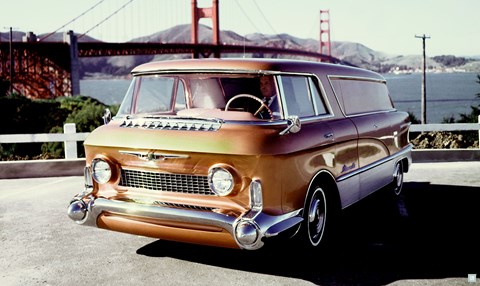
Not quite as powerful as Ford’s Supervan 3, but the GMC L’Universelle paved the way for the concept of a ‘performance van’. It debuted at the 1955 Motorama car show with a host of revolutionary ideas, including gullwing doors and a host of cues from the Big Book of 1950s American Car Design. Its Pontiac V8 engine produced 180bhp: a lot for 1955.
6) GM HX3 Hybrid
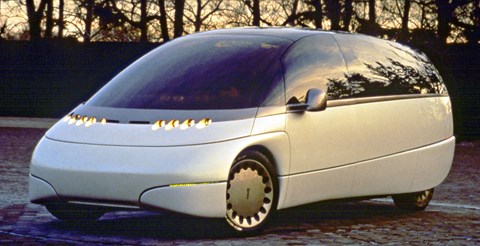
Launched 45 years after the L’Universelle, the 1990 HX3 Hybrid was designed as an alternative to the family sedan. Supposedly inspired by jet aircraft engineering, it achieved a commendably low drag co-efficient and used a switching hybrid powertrain, with both petrol and electric modes. It never reached production either…
7) Renault Twizy Cargo
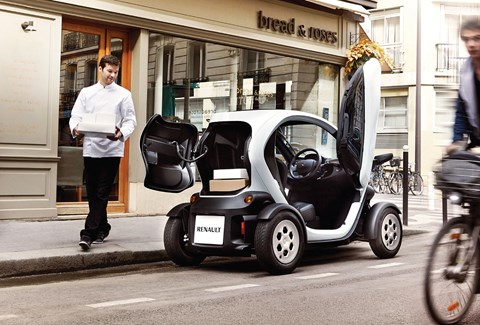
Renault offers it in commercial-vehicle white, but it’s not fooling anyone. The Twizy Cargo swaps the regular city car’s rear seat (positioned in tandem behind the driver) for a ‘large’ boot with a lockable door. It offers 180 litres of storage (less than a Twingo), able to support all of 75kg. Believe it or not, this one actually did go on sale.
8) Ford Airstream
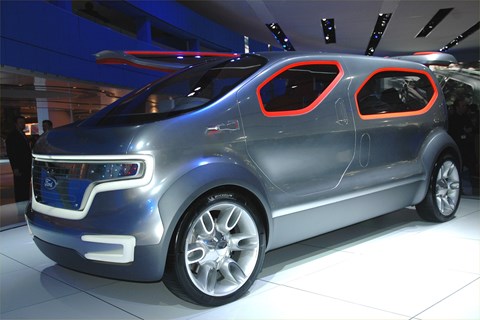
This concept made its debut at the 2007 Detroit car show. It inherited its exterior styling from classic Airstream long vans, but shrunken to fit the dimensions of a modern crossover. It’s powered by a plug-in hybrid hydrogen fuel cell drive system.
9) Citroen Tubik
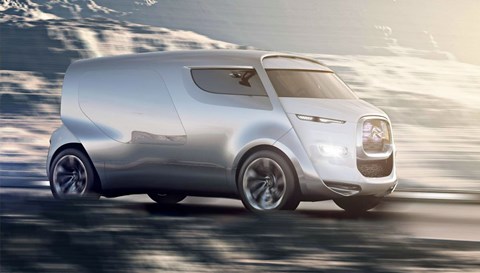
Citroën is another brand with a long, storied history in vans. For the 2011 Frankfurt show its designers had a good look at the classic Type H van and sketched a similar nose and rounded shapes to create a concept van-cum-MPV able to carry nine people.
10) Nissan NV2500 Concept
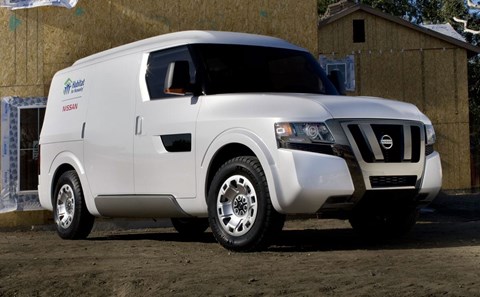
Designed for the American market, this concept included a three-zone wall-less interior to offer all kinds of storage combinations, including a computer workstation, fold-down conference table and an awning-style side panel that opened to create an outdoor work surface.